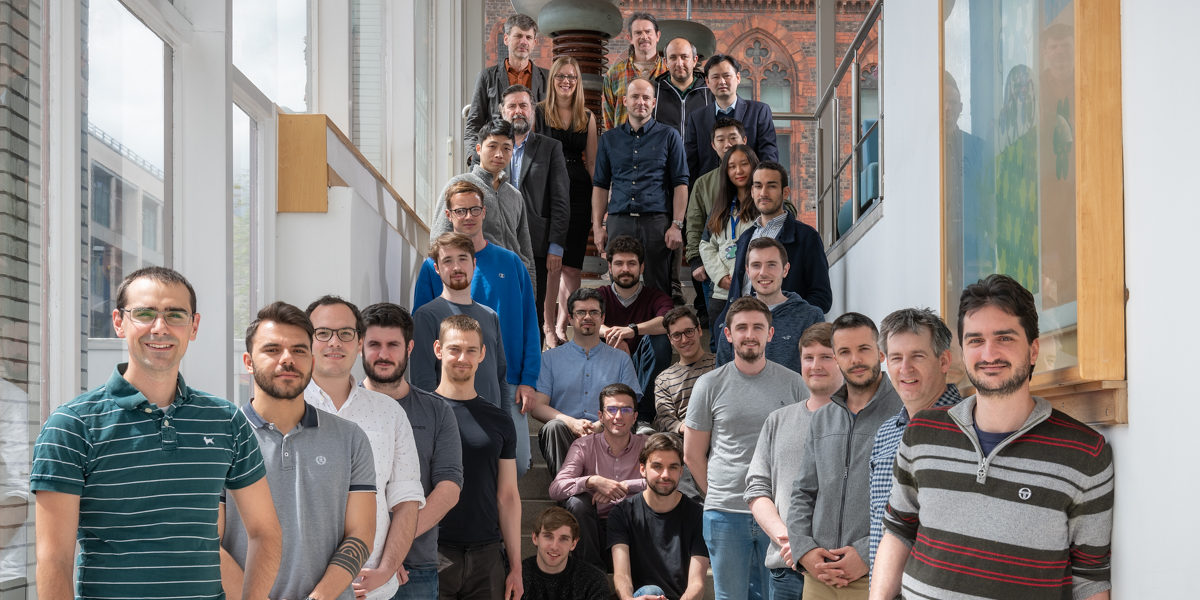The technological plasma group was formed in 2004 by Professor James Bradley, and has grown due to world-leading expertise in experimentation and modelling in:
- Plasma materials processing (including treatment and deposition)
- Plasma diagnostic development, plasma reforming and catalysis
- Anti-microbial and biomaterials production and nuclear fusion.
These plasma sources are used for non-reactive and reactive sputtering (PVD) to deposit thin films, the treatment and deposition of polymeric films for biocompatibility and cell growth and functionalisation of novel materials (e.g. carbon nanotubes, synthetic scaffolds for cell growth). Experimental and theoretical research of complex (dusty) plasmas in RF capacitively coupled plasmas with access to experiments on the international space station (in collaboration with MPE, Garching).
Fundamental studies of plasma-surface interactions including sheath physics and dynamics. A wide variety of standard plasma diagnostics are used such as Langmuir probes (single, double, triple, cylindrical), emissive probes, B dot probes, time-resolved optical imaging, optical emission spectroscopy (OES) and laser diagnostics techniques (photo-detachment). The research activity also includes plasma diagnostic development such as probe theory and time-resolved Langmuir probes and time-resolved mass spectroscopy.
Back to: Department of Electrical Engineering and Electronics
